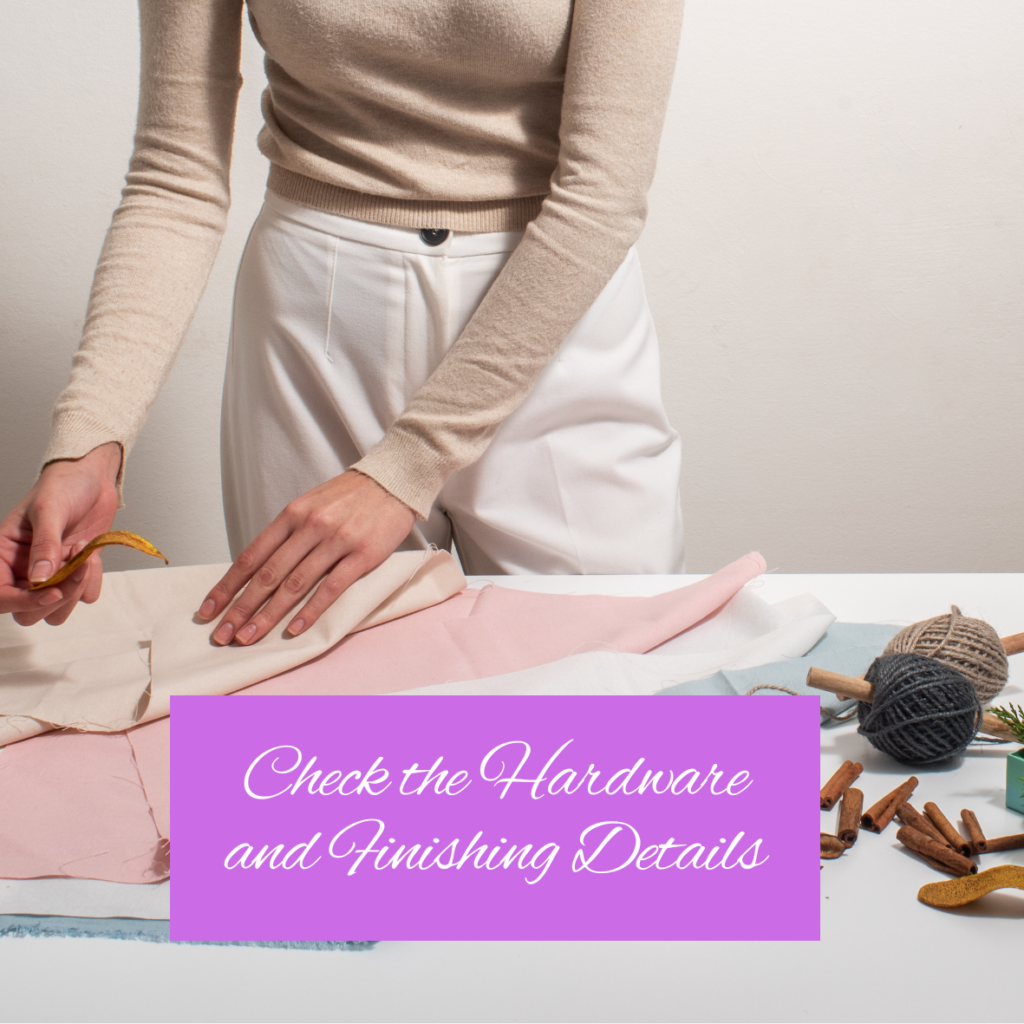I still remember the excitement of scoring what I thought was a “great deal” on a trendy jacket from a popular fast fashion brand. It looked amazing in the store, felt decent, and was priced so low that I couldn’t resist. A month later, after just a few washes, the seams started coming apart, and the once vibrant color faded. I realized I had fallen into the fast fashion trap—a cycle of buying cheap clothes that don’t last, ultimately costing me more in the long run.
Sound familiar? If you’ve ever regretted a clothing purchase after just a few wears, you’re not alone. With fast fashion brands constantly churning out trendy items at unbeatable prices, it’s easy to get caught up in the appeal. But the truth is, not all clothing is created equal. Learning how to distinguish between quality pieces and throwaway fashion can save you money, help the environment, and build a wardrobe that actually lasts.
Here’s how to avoid falling for fast fashion mistakes and start making smarter shopping decisions.
Look Beyond the Price Tag

Why It Matters: Cheap prices can be tempting, but they often mean cheap materials and poor craftsmanship. A $10 T-shirt might seem like a steal until it loses shape after the first wash.
How to Spot a Quality Piece:
- Check the fabric composition. Natural fibers like cotton, linen, wool, and silk tend to last longer than synthetic materials like polyester.
- Feel the fabric—does it feel substantial or flimsy?
- Hold the item up to light. If it’s too sheer, it’s likely made with low-quality material that won’t hold up.
Personal Tip: I once splurged on a well-made wool coat that cost three times what I would normally pay. Five years later, it still looks brand new, while my cheaper coats barely lasted a season.
Inspect the Stitching

Why It Matters: Poor stitching leads to loose threads, unraveling seams, and clothes that fall apart after minimal wear.
How to Spot a Quality Stitch:
- Look at the seams—are they even and tight?
- Gently tug at the stitching. If you see gaps or loose threads, it’s a red flag.
- Check for reinforced stitching in areas prone to wear, like underarms, crotches, and pockets.
Personal Tip: I learned the hard way after buying a pair of cheap jeans that ripped at the seams within weeks. Now, I always check for double-stitched seams before making a purchase.
Pay Attention to Fit and Cut
Why It Matters: Cheaply made clothes often have awkward fits because they are mass-produced with little attention to detail.
How to Spot a Quality Fitting:
- Try it on! Good quality clothes should fit well and drape naturally over your body.
- Check if patterns align at the seams. Mismatched prints or stripes are signs of poor construction.
- Look at how the garment sits on the shoulders—does it fit cleanly, or does it pucker?
Personal Tip: A well-fitting blazer can instantly elevate your look, but a poorly cut one can make you look sloppy. Invest in pieces that flatter your shape and are tailored properly.
Check the Hardware and Finishing Details

Why It Matters: Buttons, zippers, and embellishments are often overlooked, but they play a big role in durability.
How to Spot a Quality Finished:
- Zippers should glide smoothly and feel sturdy.
- Buttons should be securely attached with extra reinforcement.
- Lining should be smooth, with no puckering or loose threads.
Personal Tip: I’ve learned to avoid clothes with plastic zippers—they break too easily! Metal zippers, on the other hand, are much more durable.
Be Skeptical of Trendy Pieces

Why It Matters: Trend-driven fashion is designed to be temporary. What’s “in” today may look outdated in just a few months.
How to Spot a Quality Piece:
- Ask yourself: Will I wear this a year from now?
- Invest in classic styles and timeless pieces rather than short-lived fads.
- If you love a trend, buy it in a versatile, high-quality version rather than the cheapest option available.
Personal Tip: I used to buy trendy pieces just because they were cheap. Now, I stick to classic staples like well-made jeans, structured blazers, and quality knits.
Research the Brand’s Reputation

Why It Matters: Ethical and reputable brands focus on quality and craftsmanship, whereas fast fashion brands prioritize speed and low costs.
How to Spot a Quality Brand:
- Look at reviews—are people complaining about durability?
- Check if the brand promotes ethical manufacturing practices.
- Does the brand offer repair services? A brand that stands behind its products is usually a sign of quality.
Personal Tip: I started researching brands before buying, and it’s made a huge difference. Brands that prioritize sustainability and craftsmanship tend to produce higher-quality clothing.
Think Long-Term Value
Why It Matters: Cheap clothes often need to be replaced frequently, adding up to more money spent over time.
How to Spot a Quality Piece:
Calculate cost per wear. A $100 jacket worn 100 times costs $1 per wear, while a $20 jacket that falls apart after four wears costs $5 per wear.
- Invest in pieces that work across multiple outfits and occasions.
- Prioritize quality over quantity—fewer, better pieces will serve you longer.
Personal Tip: My wardrobe is smaller but far more functional now that I focus on long-term value. I’d rather have five great sweaters than 15 low-quality ones.
Take Care of Your Clothes

Why It Matters: Even high-quality clothes won’t last if they’re not cared for properly.
How to Spot a Quality Piece:
- Read and follow care labels.
- Hand wash delicate items rather than tossing them in the washing machine.
- Store items properly—use padded hangers for coats and sweaters to maintain their shape.
Personal Tip: Learning how to care for fabrics like wool, silk, and denim has helped me keep my clothes looking great for years. Proper care extends the life of even mid-range quality clothing.
Final Thoughts:
Shopping smarter isn’t about spending a fortune—it’s about making better choices. Fast fashion can be tempting, but the cost of constantly replacing low-quality clothing adds up. By learning to spot quality, investing in timeless pieces, and taking care of your wardrobe, you can build a collection of clothes that last and actually make you feel good wearing them.
Next time you’re out shopping, take an extra minute to inspect the fabric, check the seams, and think about whether a piece will stand the test of time. Your future self (and your wallet) will thank you!
Similar Read:
- Shoe Designer Jimmy Crossword Clue – Unraveling the Answer & Legacy
- Don’t Get Fooled: How to Avoid Cheap, Fast Fashion Mistakes
- How I Found My Perfect Jeans: Exploring Paul Smith’s Denim Fit Guide
- Here’s Why Sustainable Fabrics Should Be Your New Go-To
- 7 Simple Ways to Spot High-Quality Clothes You’ll Love Forever



